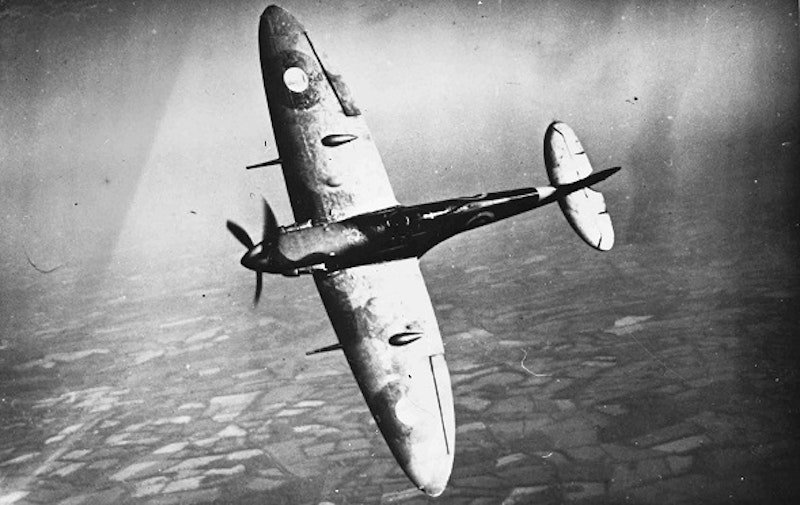For info, the RAF museum will be doing a crowdcast presentation on the 25th June at 12.30 titled 'The controversy and cost of Rhubarb sorties'
RAF Museum Archivist Gary Haines explores the controversy and the cost of the RAF’s ‘Rhubarb’ sorties

www.crowdcast.io
RAF Museum Archivist Gary Haines explores the controversy and the cost of the RAF’s ‘Rhubarb’ sorties
Circumstances permitting, this lecture will be live-streamed from the RAF Museum, London.
This free lecture is part of the RAF Museum's Research Lecture Programme. If you'd like to support the RAF Museum, you can make a donation at:
https://support.rafmuseum.org/Donate-Now
TALK OUTLINE
On 12 January 1941 Willie McKnight a 21 year old Canadian Ace with 17 confirmed victories was shot down while strafing troops on the ground in trenches near the beaches of Gravelines in Northern France. This followed a successful attack on an E boat as part of a Rhubarb operation.
Unlike the defensive fighter operations of the Battle of Britain, ‘Rhubarbs’ were offensive operations, designed to harass the enemy, target key areas and disrupt Germany’s infrastructure in occupied territories. The plan to fly in bad weather with poor visibility was conceived with the thought that it would reduce the chance of enemy fighter interception. However, there was the ever-present danger of anti-aircraft fire and the cost paid in terms of aircraft and experienced pilots was high.
The first Rhubarb patrol took place on the 20 December 1940 and between this date and 13 June 1941, MRAF Sir Sholoto Douglas recalled that 149 Rhubarb patrols were launched. This involved some 336 sorties and argues that these patrols gave ‘valuable experience alike for pilots, operational commanders, and the staffs of the formations-concerned’. It is then admitted that in these sorties seven enemy aircraft were destroyed for the loss of eight RAF pilots.
This paper will look at the organisation and planning of this controversial strategy and the personal cost via an examination of the RAF Museum’s archives and memoirs of those who took part.
In theory, this will also be available to watch again later.
